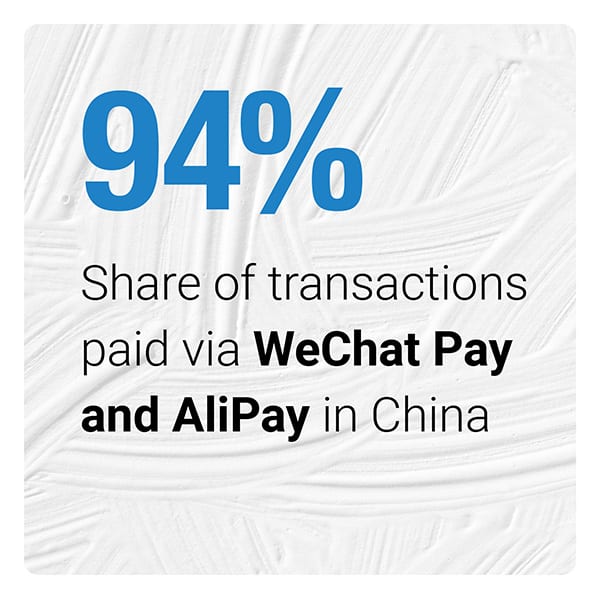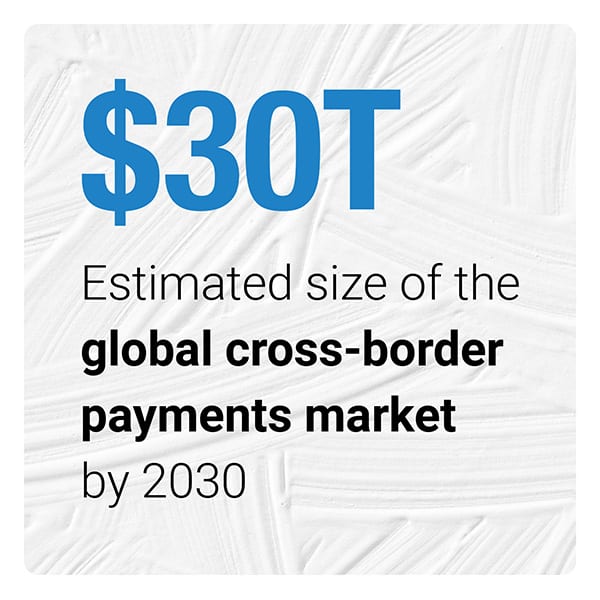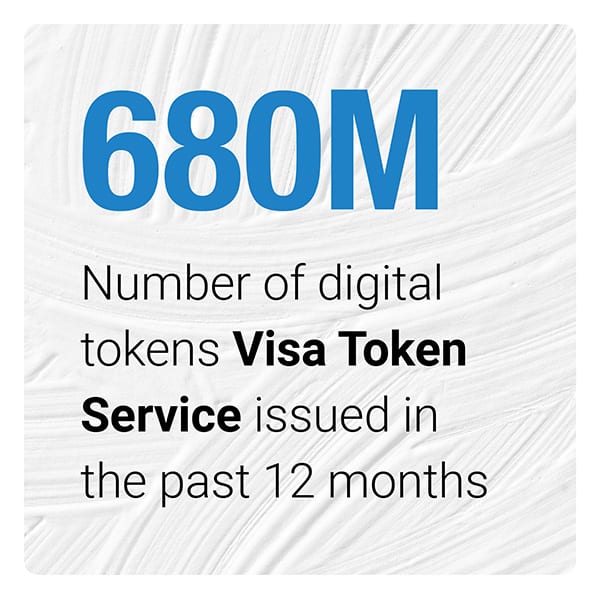New Report: Why It’s Time To Retire The Subscription Paywall

 The global economy is becoming increasingly connected, with businesses looking to sell to customers locally and around the world.
The global economy is becoming increasingly connected, with businesses looking to sell to customers locally and around the world.
Consumers value seamless, personalized checkout experiences, which means retailers who wish to earn their business must accommodate their various preferred payment methods.
 Enabling smooth payment experiences for all customers can be a tall order for merchants, especially small- to medium-sized businesses (SMBs) that lack the resources of their larger counterparts. Solving this issue is critical, though, as retailers that rely on numerous payment service providers (PSPs) to enable regionally specific payment gateways risk losing consumers who experience frictions. Subpar experiences can cause customers to avoid doing business with merchants in the future or even abandon their transactions altogether.
Enabling smooth payment experiences for all customers can be a tall order for merchants, especially small- to medium-sized businesses (SMBs) that lack the resources of their larger counterparts. Solving this issue is critical, though, as retailers that rely on numerous payment service providers (PSPs) to enable regionally specific payment gateways risk losing consumers who experience frictions. Subpar experiences can cause customers to avoid doing business with merchants in the future or even abandon their transactions altogether.
Adding a payments orchestration layer can help, however. This offers businesses a single framework through which they can manage their PSP relationships, enabling them to assess how various gateways are functioning and determine whether switching to alternative gateways could ultimately boost their transaction success rates.
In August’s Payments Orchestration Playbook, we examine how merchants around the globe are localizing their payment services to suit the needs of customers located near and far, as well as the challenges they face when transacting across borders.
Around The P ayments Orchestration Ecosystem
ayments Orchestration Ecosystem
Many cross-border merchants turn to PSPs to unlock various payments gateways, especially as research shows that doing so can raise their transaction success rates. One study revealed that adding even one payment gateway could boost merchants’ transaction success rates and enhance customers’ experiences. Adding multiple gateways could further improve these experiences, too, ensuring that payments are less likely to hit snags.
Some businesses face payment challenges that are beyond their control, however. Facebook-owned WhatsApp’s payment service was recently suspended in Brazil. The country’s central bank noted that the action was intended to foster a “competitive environment,” and local payment partners that continue to transact via the messaging system could face fines. The move coincides with bank’s push to build its own digital payments service, PIX, which is slated to launch in November.
For more information on these stories and other payments orchestration headlines, download the Playbook.
Piano.io on Payment Personalization And Digital Content Platforms’ Conversion Rates
Digital content platforms face quandaries when it comes  to monetization. Some go the route of providing free web content and generating revenues through advertising, others charge for direct access to content, and some take a hybrid approach that combines the two strategies. Determining which approach will give platforms the best result can be a tricky undertaking, however.
to monetization. Some go the route of providing free web content and generating revenues through advertising, others charge for direct access to content, and some take a hybrid approach that combines the two strategies. Determining which approach will give platforms the best result can be a tricky undertaking, however.
For this month’s Feature Story, PYMNTS spoke to Trevor Kaufman, CEO of content management solution provider Piano.io, about how platforms can leverage digital payments to personalize the content consumption experience, thus maximizing their conversions and minimizing subscriber churn.
Deep Dive: How Comprehensive Cross-Border Payments Strategies Can Optimize UX
Accepting local payment methods plays a big part in ensuring the success of merchants transacting across borders, but there are other factors they must consider. These include everything from transaction success rates to currency exchange rates to local or regional security regulations.
This month’s Deep Dive examines the various complexities retailers must keep in mind when designing their cross-border payments approaches, as well as how adding a payments orchestration layer can simplify these processes and ensure a more seamless user experience.
About The Playbook
The Payments Orchestration Playbook, a PYMNTS and Spreedly collaboration, is a monthly report series examining how merchants can optimize their payments processes to satisfy customers and maximize their revenues.
